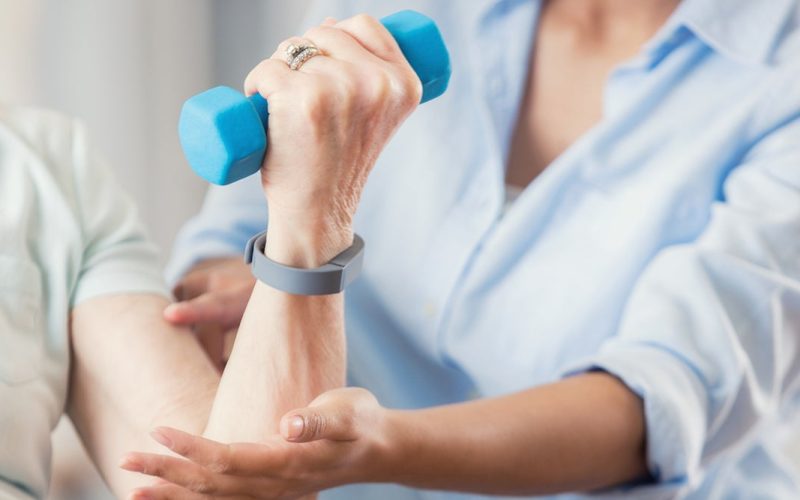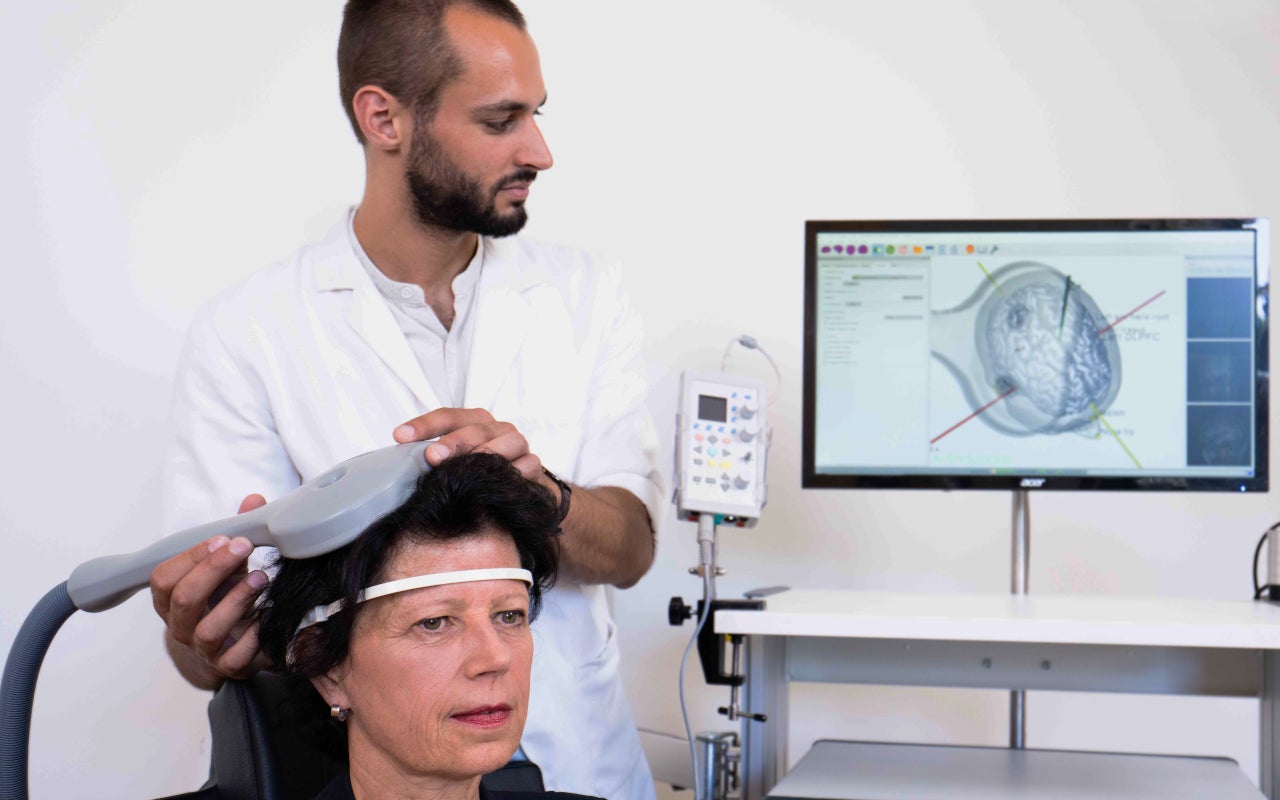Researchers at UMC Utrecht are receiving a 4 million euro grant from the Care Institute’s Promising Care program. The money is intended for promising research into motor recovery after stroke using brain stimulation. If the results are positive, the treatment will be included in the basic health insurance package.
Every year, about 40,000 people in the Netherlands suffer a stroke. Many people retain symptoms afterwards. For example, they can’t move their hand and/or arm as well, which limits their daily life. Currently, there is no proven effective treatment if these complaints persist days to weeks after a stroke. Neurobiologist Rick Dijkhuizen, neurologist Bart van der Worp, and rehabilitation physician Anne Visser-Meily of UMC Utrecht have joined forces to change that. Together with many of the Dutch rehabilitation centers, they will test whether a form of brain stimulation can improve motor recovery. With the grant of 4 million euros by the Care Institute and ZonMw, they can now take the final step toward this possible treatment for stroke.
The grant comes from the Promising Care program, intended for research into a promising treatment. The research is a large-scale follow-up to an earlier study (‘B-STARS’) of the UMC Utrecht. In it, the researchers showed in 60 patients (admitted to De Hoogstraat Rehabilitation) that the functioning of the affected hand and arm improved after treatment with brain stimulation. Patients could use their arm better with daily tasks, such as lifting a cup of coffee, getting dressed and with household activities. In the process, patients reported that their quality of life had improved.
(Copyright image: Brain Science Tools)
The method of brain stimulation used by the researchers is called “TMS. That stands for transcranial magnetic stimulation. Brain areas are thereby stimulated with a rod-shaped device with a magnetic coil inside. This is a safe and painless method, similar in effect to wireless phone charging. Placing this device on a specific spot on the head activates or inhibits the underlying brain area. Because this research focuses on improving arm and hand function, part of the motor cortex is stimulated. That area is responsible for controlling the hands and arms.
Neurobiologist Rick says, “At this point, we don’t know exactly why this technique works in stroke. We now think that TMS can restore the disturbed balance between the two hemispheres of the brain. We are currently researching that mechanism at the UMC Utrecht as well. Beforehand, this method sounded too good to be true, but the results turned out exactly as we had hoped. Our research was still too small to implement the treatment on a large scale in rehabilitation centers. That will hopefully change after this study.”
Rick: “Hundreds of stroke patients will soon participate in this follow-up study, titled B-STARS 2. The study will take place in half of all rehabilitation centers in the Netherlands. UMC Utrecht is coordinating the project in a unique collaboration between the departments of Neuroimaging, Neurology and Rehabilitation Medicine.” Together they are working toward the same goal: to develop, for the first time, a treatment for motor symptoms that have persisted after a stroke. “If that succeeds, it will be a huge breakthrough.”
The start of this study is scheduled for early 2024, after approval from the Medical Ethics Review Committee (METC). Patients must start TMS treatment within three weeks of the stroke. In practice, this means that only patients who enter a clinical rehabilitation program after the start of the study can participate in the study.

